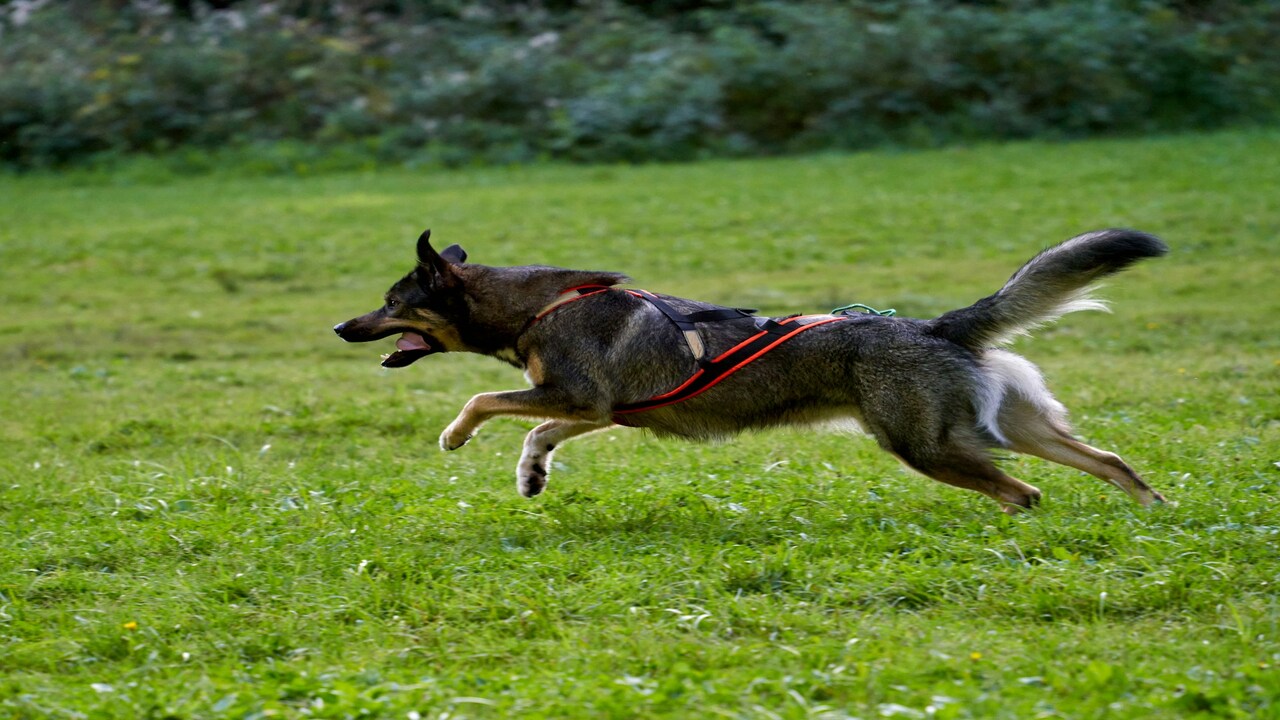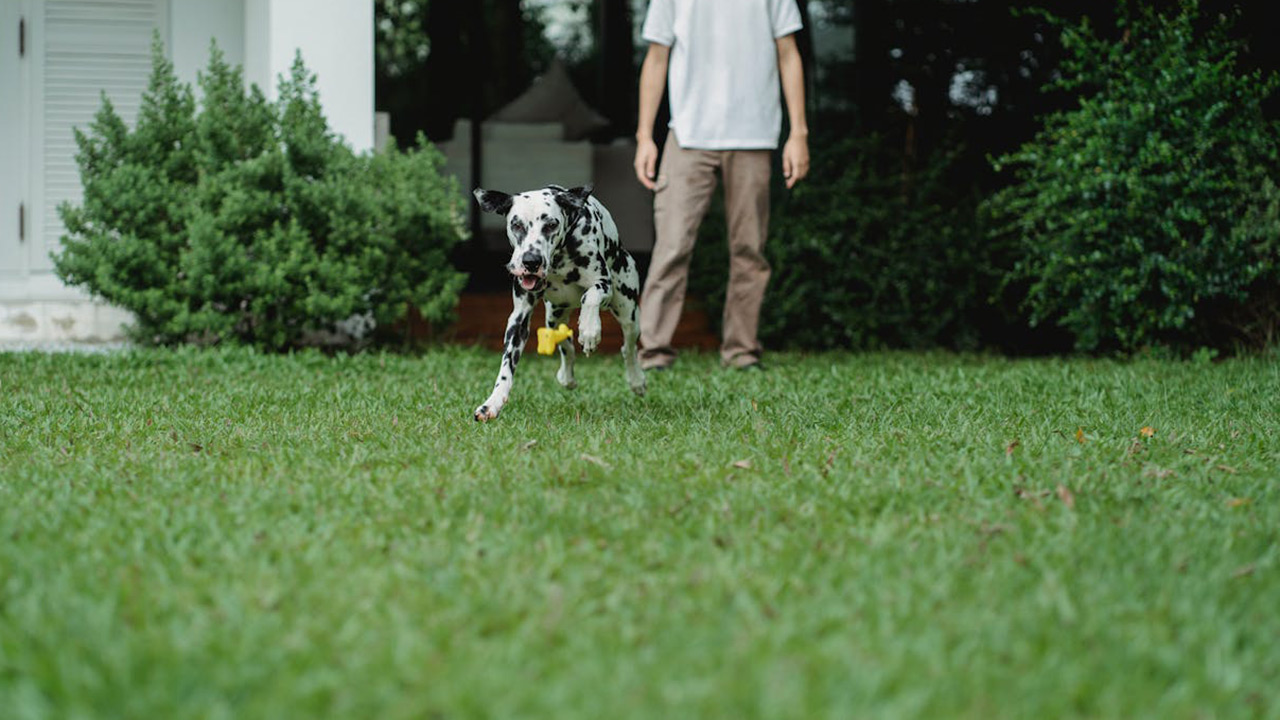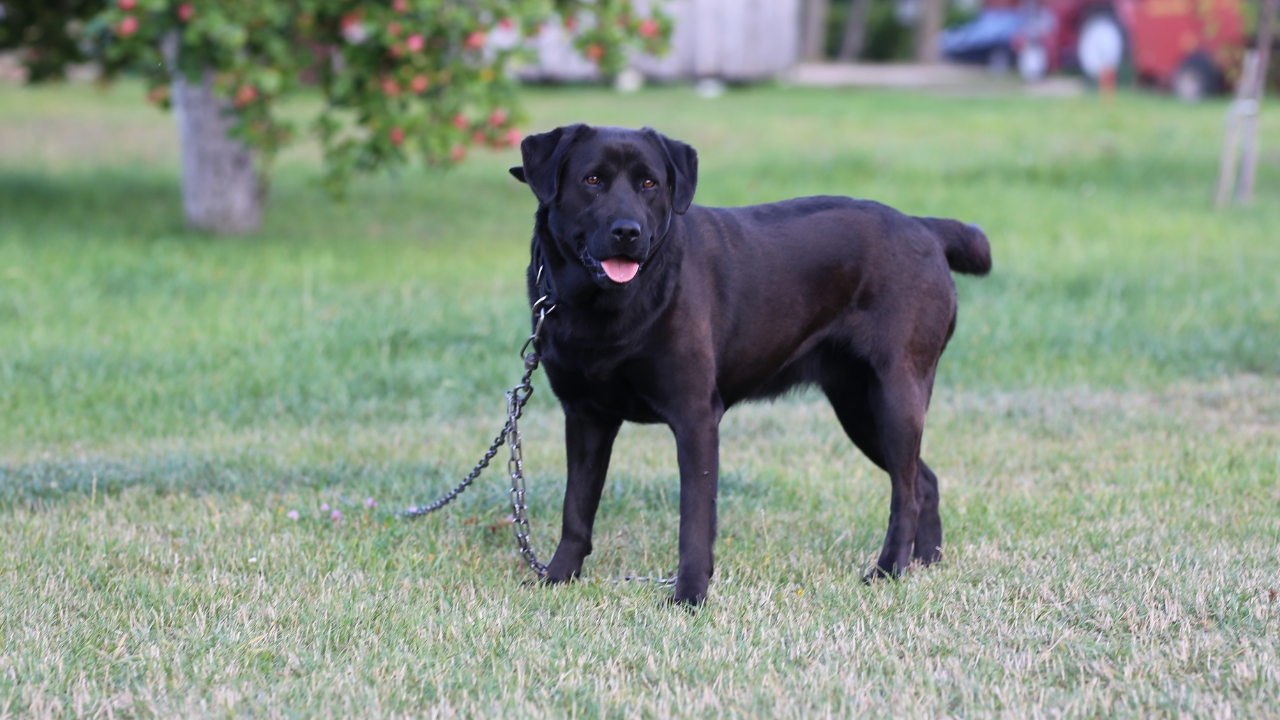10 Things You Learn Fast When Your Dog Runs Off in the Country
Every rural dog owner hits this moment eventually—your dog disappears over the hill or into the woods, and suddenly, you’re in full-blown panic. Out here, “roaming” means something different, and the risks are bigger. Once it happens, you learn fast what you should’ve done earlier.
Cell Service Might Not Help You

Even if your dog’s chipped and you’ve got a phone in hand, poor rural service means tracking apps and calls to neighbors aren’t guaranteed.
Don’t rely on tech alone. A physical ID tag with your phone number is still your best bet.
Yelling Their Name Doesn’t Always Work

Sound travels weird out here—sometimes your dog doesn’t hear you, and sometimes they do and ignore you.
Train a recall command that’s stronger than their curiosity. Practice with real distractions, not just in the backyard.
They Can Cover Way More Ground Than You Think

In ten minutes, a dog can cross several acres or hit the neighbor’s livestock pen without you realizing it. They don’t stay close out of loyalty—they follow scent.
Fencing or long leads help, but it’s also on you to know your land’s boundaries and where they’re likely to run.
Most Neighbors Won’t Catch Them

Country neighbors aren’t waiting around to rescue a roaming dog. Some might not even try to stop them.
If they’re lucky, someone will call you. If not, they might get hurt, shot, or go missing without a trace.
Wildlife Is a Real Threat

Deer, hogs, coyotes, and snakes can all hurt a dog—or lure them into worse situations. Curiosity turns dangerous fast.
If your dog’s missing for more than 30 minutes, assume they’ve gotten into something and start looking immediately.
They Might Not Know How to Get Back

A dog that chases something for a mile doesn’t always know how to return. Scent trails fade, and wooded land is disorienting.
Leave a shirt or familiar-smelling item outside. Dogs have followed that scent back home more times than you’d think.
A Calm Dog Becomes a Flight Risk

Even the calmest, most loyal dog will bolt if they see a rabbit or hear something interesting. It’s not defiance—it’s instinct.
Don’t get complacent. Keep gates closed, doors latched, and walk them outside if they’re prone to wandering.
It Always Happens When You’re Not Ready

Dogs don’t take off when you’re geared up with boots, flashlight, and a leash. It’s when your hands are full or you’re distracted.
Have a grab-and-go setup near the door: leash, headlamp, and snacks. You’ll be glad when you’re sprinting out barefoot at dusk.
Some Dogs Learn from It—Others Don’t

One runaway might scare them enough to stay closer next time. Others see it as a reward and get sneakier.
Know your dog. If they’re the repeat type, build tighter systems. Hoping they’ll “grow out of it” usually doesn’t work.
Prevention Becomes Priority

After one runaway, your mindset shifts. Training, fencing, leashing—it all becomes top priority because you know what can happen.
You don’t need to lock them down forever. But you do need systems in place so the next close call never happens again.
*This article was developed with AI-powered tools and has been carefully reviewed by our editors.







